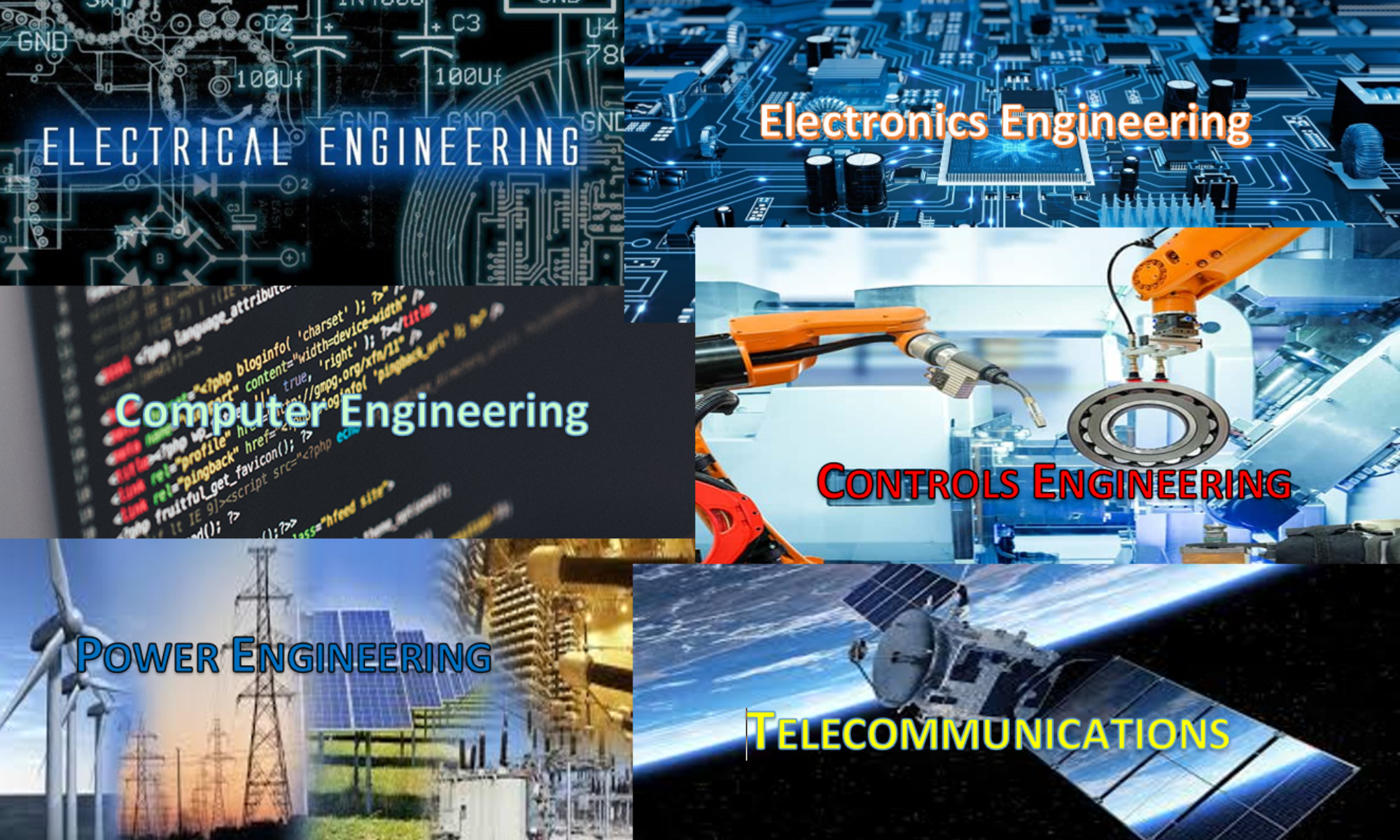
The threat of trade tariffs by the Trump administration are causing disarray, madness and confusion with the Power Energy markets, and particularly the battery energy storage sector. With no major signs of improvements in inflationary pressures, will new tariffs aid or harm the somewhat “booming energy storage industry?”
How will new imposed tariffs affect the nations battery storage performance and valuation based on cost fluctuations for batteries, energy storage demand (variations for new orders), goods for raw materials (delays in supply chain), and so on?





